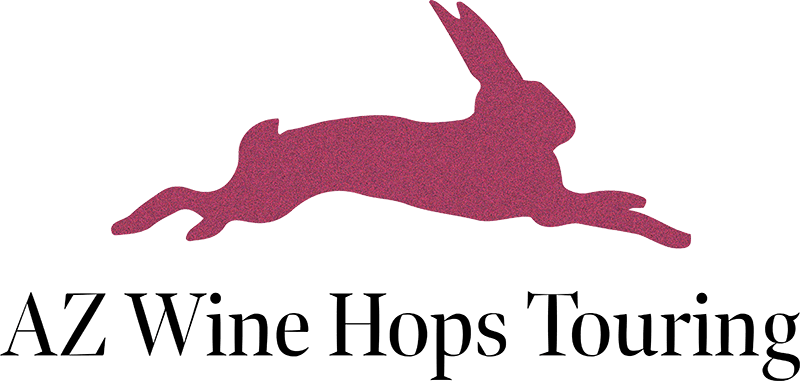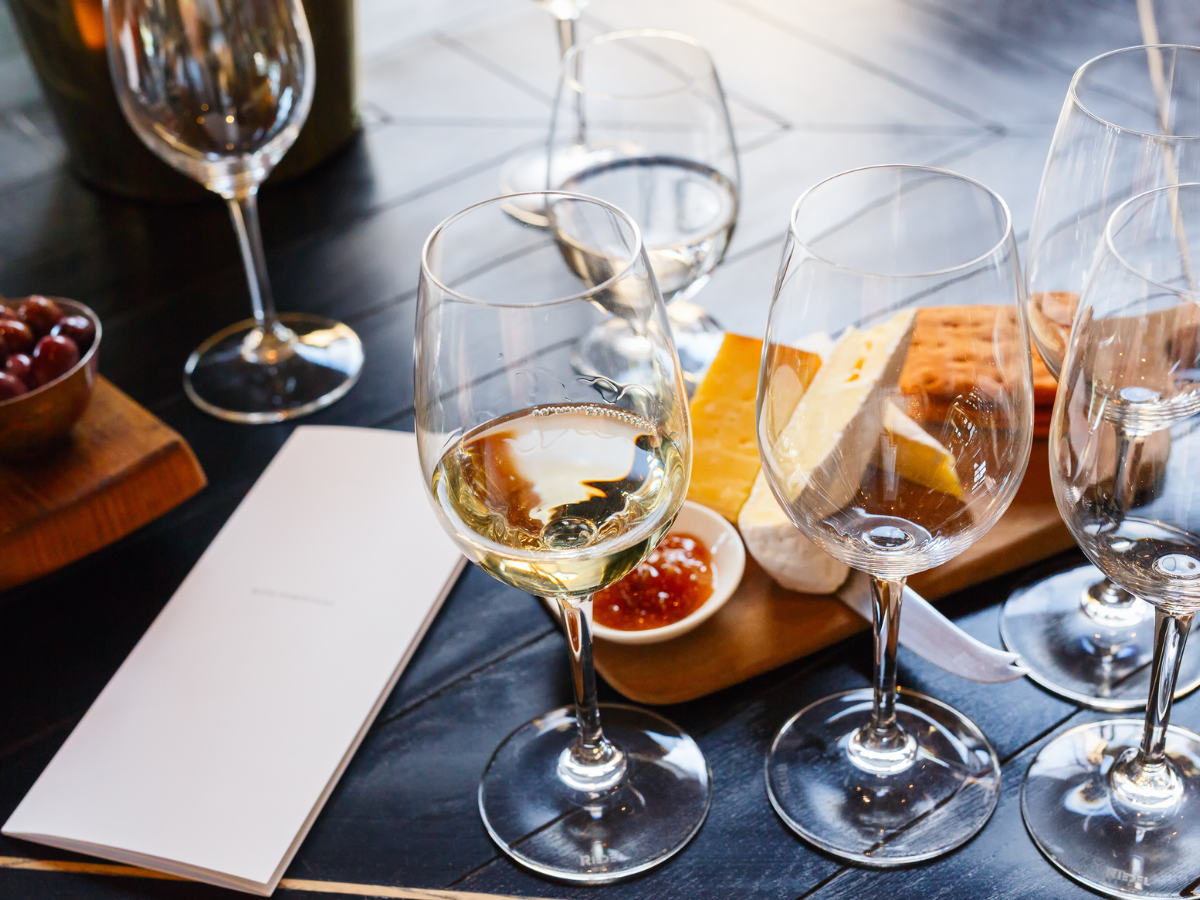Do you find yourself feeling lost when it comes to understanding wine terms? Do words like tannins, terroir, and bouquet leave you scratching your head? Well, fear not! In this article, I’ll guide you through the wonderful world of wine terminology and help you become a more knowledgeable and confident wine enthusiast.
Wine can be a complex and intimidating subject, but learning the language of wine can greatly enhance your appreciation and enjoyment of this ancient beverage. Whether you’re a casual wine drinker or a budding sommelier, understanding wine terms is essential in order to navigate wine lists, describe your preferences, and engage in meaningful conversations with fellow wine lovers.
From the basics like clarity and finish to more advanced concepts like lees aging and malolactic fermentation, I’ll break down key wine terms in a simple and approachable way. So grab a glass of your favorite vino and get ready to expand your wine vocabulary!
Wine Terms To Make You Feel Like An Expert
Acidity: Acidity is the tartness in a wine that gives it structure and balance. Acidity is a necessary component in wine and can range from low to high levels. High acidity can give the wine a crisp, tart flavor which helps to balance out its sweetness. On the other hand, lower-acidity wines tend to be rounder and fuller-bodied.
Barrel Aging: Barrel aging is the process of aging wine in oak barrels or casks, which can add complexity and flavor to the wine. The type of oak used (French, American, etc.), the size of the barrel, and the length of time it’s aged will all affect the character of the wine.
Body: The body of a wine is its weight or texture, which can range from light to full-bodied. Light-bodied wines tend to be more delicate and refreshing, while full-bodied wines have more of an intense flavor and structure.
Bouquet: The bouquet of a wine is its aroma or scent. Many different descriptors are used to describe a wine’s bouquet, such as fruity, floral, herbal, or spicy.
Clarity: Clarity refers to the clearness of the wine when poured from a bottle. Wines that are hazy or cloudy may be signs of spoilage, so clarity is an essential indicator of quality.
Closed: A closed wine means it has yet to develop its flavors and aromas fully. It can often take several years for a closed wine to reach its peak.
Complexity: A wine’s complexity refers to the range of flavors and aromas that it displays. Complex wines often have multiple layers of flavor and aroma, making them more exciting and enjoyable to drink.
Decanting: Decanting is the process of pouring a bottle of wine from its bottle into another container, such as a carafe or decanter. This allows the wine to aerate, releasing aromas and flavors that may have been previously hidden.
Finish: The finish of a wine is the lingering taste that remains after drinking it. Depending on the variety, age, and other factors, it can range from short and fleeting to long and complex. The length of the finish often indicates its quality.
Lees Aging: Lees aging is a winemaking technique in which the wine is left to rest on its dead yeast cells, often known as lees, for a period of time. This process can add depth and complexity to the wine, smoothing any harshness or bitterness. Depending on the type of wine, lees aging can take several weeks to several years.
Legacy: Legacy is the historical impact of a wine and its influence on future generations, including its place in culture and cuisine. Older vintages may be treasured for their unique character or connection to a particular region or moment.
Malolactic Fermentation: Malolactic fermentation (MLF) is a process used in winemaking that converts the tart malic acid present in grapes into softer lactic acid. This adds body and complexity to the wine and reduces its acidity. MLF can also add notes of buttery or nutty flavors, depending on the type of bacteria used and how long it is left to ferment.
Maturation: Maturation is the process in which a wine develops its flavors and aromas over time. Depending on the wine, this can take many years or even decades.
Mouthfeel: Mouthfeel refers to the texture of wine on the palate, ranging from soft and creamy to astringent and dry. Tannins, alcohol, and acidity all play a role in the mouthfeel of a wine.
Nose: A wine’s nose is its aroma or smell. The nose of a wine can be described using descriptors such as fruity, floral, herbal, spicy, woody, or earthy. These aromas come from the grapes and other ingredients used in the winemaking process.
Oak Aging: Oak aging is a winemaking technique in which the wine is aged in oak barrels or casks. This process can add aromas of wood and flavors of vanilla, caramel, and other spices.
Oxidation: Oxidation is the process of exposing wine to oxygen and allowing it to “breathe.” This can bring out aromas and flavors that were previously hidden, as well as soften the tannins in the wine. Oxidizing a wine too much can cause it to develop a vinegar-like taste, so decanting or aerating with a specialized tool is often a better option.
Tannins: Tannins are a naturally occurring compound found in grape skins, seeds, and stems. They give wines an astringent and dry sensation on the palate. Red wines tend to have higher levels of tannins than white wines due to the extended contact with grape skins during fermentation.
Terroir: Terroir is a French term that refers to the combination of environmental conditions, such as climate, soil, and terrain, that shape the character of a wine. It can also refer to the unique “sense of place” imparted to a wine due to its origin.
Vineyard: A vineyard is an area of land where grapes are grown for winemaking. The soil, climate, and other conditions of a vineyard can all impact the character of the wine produced there.
Vintage: The vintage of a wine is the year in which the grapes were harvested. Some vintages are considered to be better than others due to environmental conditions or other factors, such as winemaking techniques.
Yeast: Yeast is an essential part of winemaking, as it helps to convert sugar into alcohol. Different types of yeast can produce different aromas and flavors in the wine, so winemakers often use specific strains to achieve specific results.
In conclusion, don’t let the intimidating language of wine scare you away from exploring and enjoying this beautiful beverage. With this beginner’s guide, you now have the tools to confidently navigate the world of wine and impress your friends with your newfound knowledge. So grab a glass, savor the flavors, and let the language of wine become your own personal adventure! Cheers to your wine journey!



